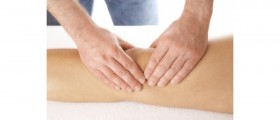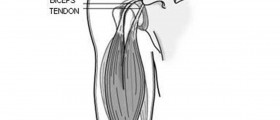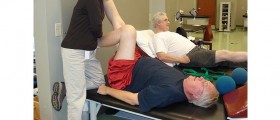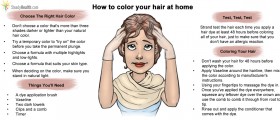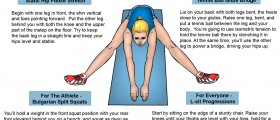I tore my right ACL jan. 18, 2019 and then returned to sports that august only to injure my left knee in a game and ended up tearing the left the next game. I had been doing great in PT and now in a BRIDGE program I am doing but just recently I have gotten a pain to the lower right of my kneecap on a small bone, the PTA in charge of the BRIDGE program said it is because my kneecap is gliding weird and hitting a bone... I am wondering if anyone knows how to KT tape the knee to stop the pain.
Loading...
KT tape (kinesiology tape) is used by some people to help provide support and alleviate pain for various musculoskeletal conditions, including knee issues. If your Physical Therapy Assistant (PTA) believes that your pain is due to abnormal patellar (kneecap) tracking, taping can sometimes help encourage the kneecap to stay in its proper alignment.
Here's a general guideline for taping a knee for patellar tracking issues, but please consult with a physical therapist or another healthcare professional before applying:
-
Prepare the Knee: Clean and dry the knee area. If you have hairy legs, consider shaving or trimming the hair where you'll apply the tape for better adhesion.
-
Anchor Strip: Begin with a short piece of tape as an anchor, starting on the inside of the leg, just above the knee, with no stretch on the tape.
-
Support Strips:
- First Strip: Apply the first strip with a moderate stretch, starting from the inside of the knee. Curve the tape around the bottom of the kneecap and finish towards the outside of the leg. Ensure the tape covers the painful area.
- Second Strip: Apply a second strip, overlapping with the first one, starting from the outside of the knee and curving it towards the inside, again ensuring a good stretch over the kneecap and making sure to cover the painful area.
-
Rub the Tape: Gently rub the tape to activate the adhesive. The warmth from the friction helps the tape stick better.
-
Check for Mobility: Bend and straighten your knee a few times to ensure the tape isn't too restrictive.
Remember:
- The direction and stretch of the tape might help guide the patella in a more optimal tracking pattern.
- Don't apply tape on broken or irritated skin.
- If you experience any skin irritation, itching, or increased pain after applying the tape, remove it immediately.
However, taping is a temporary solution. It's essential to address the underlying cause of the abnormal patellar tracking, which often involves strengthening exercises for the quadriceps, hamstrings, and hip muscles, and possibly stretching exercises if tightness is contributing to the issue.
Loading...


